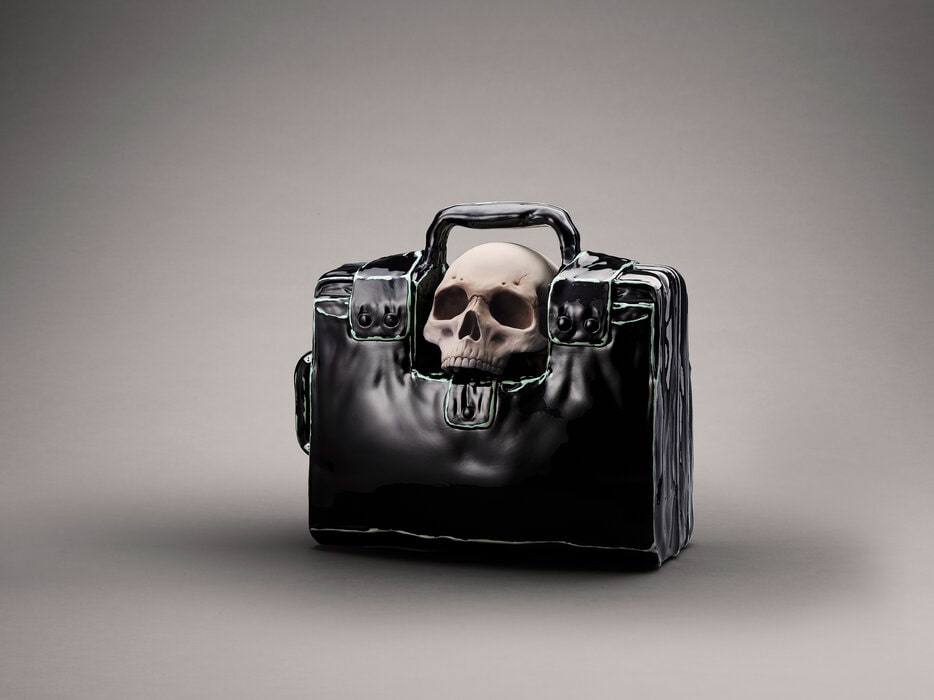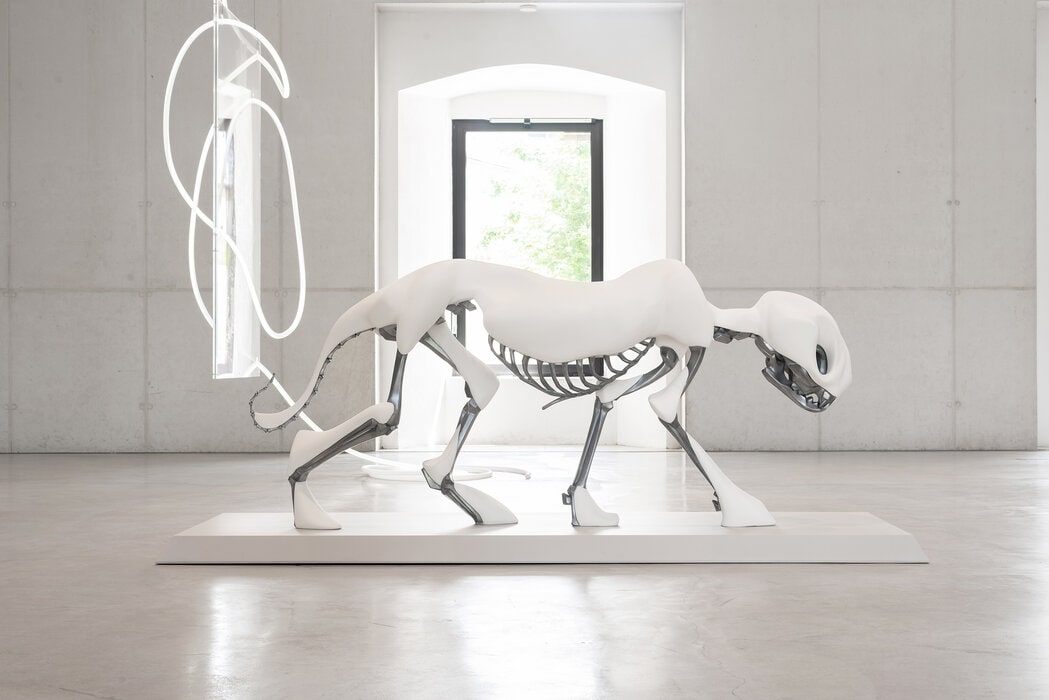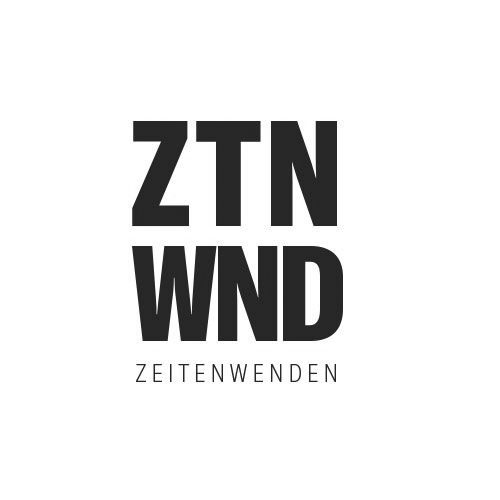The 16th Triennial Small Sculpture Fellbach will start on 24 May 2025 at the Alte Kelter exhibition venue with sculptural objects and installations by 45 contemporary artists on an exhibition space of 3,000 square metres.
Abb. oben: Flaka Haliti, Whose Bones?, 2022, Installationsansicht Cukrarna Gallery, Ljubljane, Courtesy of the Artist and Deborah Schamoni, © Blaž Gutma
The range of habitats negotiated extends from the peaks of the highest mountains to the depths of the oceans, from Antarctica to Africa, Asia and South America to Europe and the USA.
‘All the defining themes of our time culminate here: climate change, pandemics, wars and migration as well as the intertwining of analogue and digital living environments,’ explains Claudia Emmert, Artistic Director of the Triennial.
Participating artists:
Rebecca Ackroyd, Emma Adler, AG Protest/Architektur, Monira Al Qadiri, Ignacio Acosta, Sammy Baloji, BeeDAO, Blockadia*Tiefsee, Annika Boll, James Bridle, Mariechen Danz, disnovation. org, Sarah Ama Duah, Anna Dumitriu, Sarah Friend, Alexandra Daisy Ginsberg, Andreas Greiner, Flaka Haliti, Benedikt Hipp, Christian Jankowski, Folke Köbberling, Gereon Krebber, OA Krimmel, Angelika Loderer, Julia Lohmann, M+M, Mariele Neudecker, Katja Novitskova, Ahmet Ögüt, Kristina Õllek, PARA, Mary-Audrey Ramirez, raumlaborberlin, Natalia Romik, Karin Sander, Silke Schatz, Christ Mukenge & Lydia Schellhammer, Diana Scherer, Anke Schiemann, She’s Excited & /p, Superflex, Unknown Fields, Rokas Wille, Sven Windszus, Pinar Yoldas

“The works show how the habitats of humans, animals and plants are changing radically and will continue to do so in the future,” says co-curator Ina Neddermeyer.
The sculptures, objects and installations offer insights into cultivated, lost, toxic, post-colonial, hybrid and future habitats, which the artists approach in an analytical, political-activist and humorous-ironic way. In this triennial, the over_living space of the Alte Kelter exhibition venue is animated by real, hybrid and fictional beings and takes a speculative look at possible future scenarios.

One example of this is the internationally renowned collective disnovation.org, whose research project Bestiary of the Anthropocene can be seen in Germany for the first time. With 24 objects, it shows how animals and plants have adapted to human intervention in nature.

Numerous works have been newly created for the Triennial or are being presented for the first time: Anna Dumitriu makes the habitats of bacteria and viruses visible in her works. In her new research project, which she is presenting for the first time at the Triennale, she analyzes how humans try to predict disease outbreaks and progressions with the help of AI technologies.

In view of the threats of authoritarian rulers to use their nuclear weapons, OA Krimmel recalls the US nuclear suitcase, also known as the nuclear football. With the codes and instructions it contains, the US President can authorize a nuclear strike at any time.

An important element of the exhibition is artistic and activist protest. On display are architectural models of numerous protest camps built by Rokas Wille and the Protest/Architecture working group in order to analyze architectural forms of resistance. They thematize political and ecological habitats.
WHEN?
Opening: Saturday, May 24, 2025, 11:00 a.m.
Exhibition dates: Saturday, 24th May 2025 – Sunday, 28th September 2025
WHERE?
Triennale Kleinplastik Fellbach
Alte Kelter
Untertürkheimer Str. 33
70734 Fellbach






